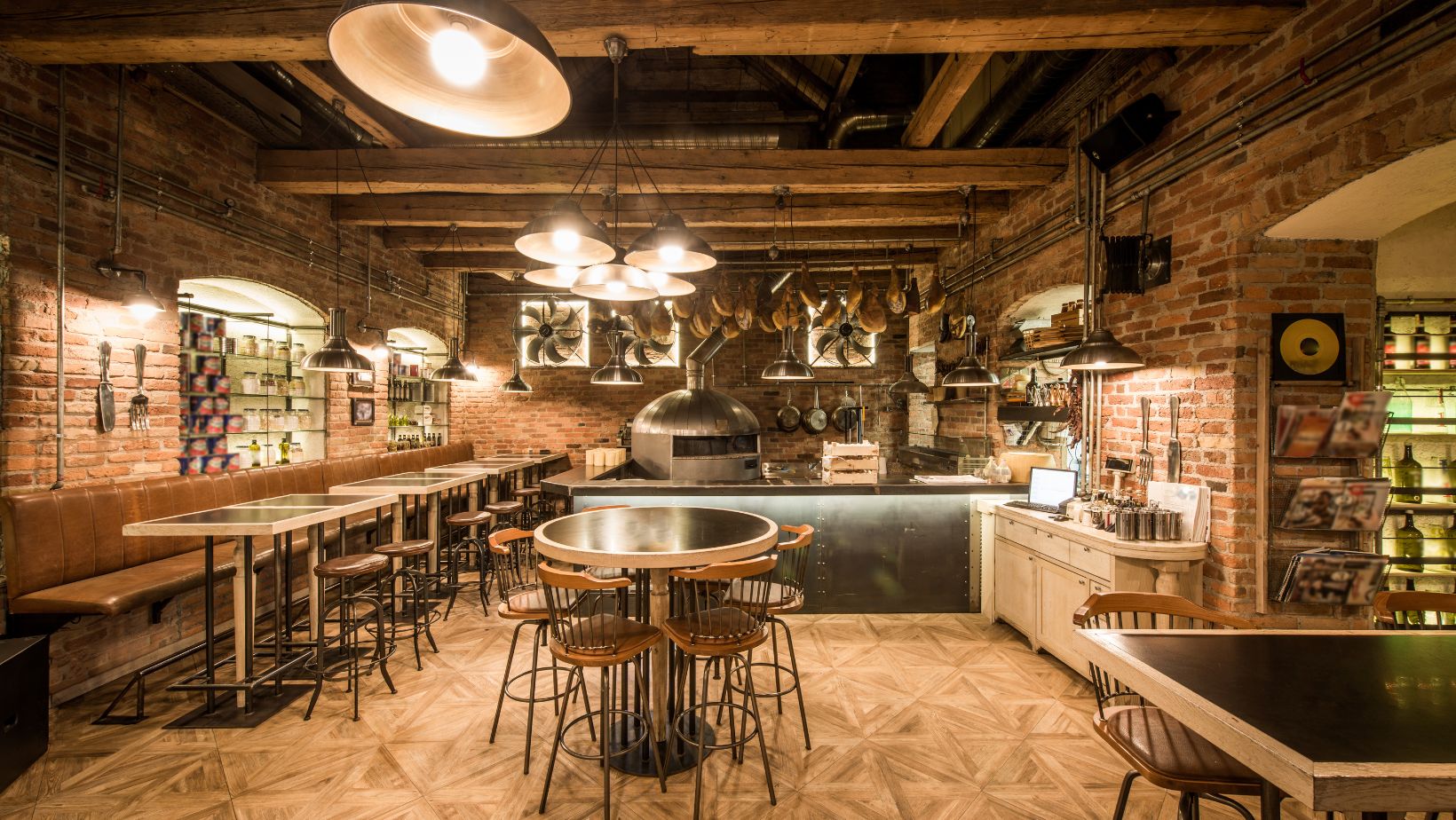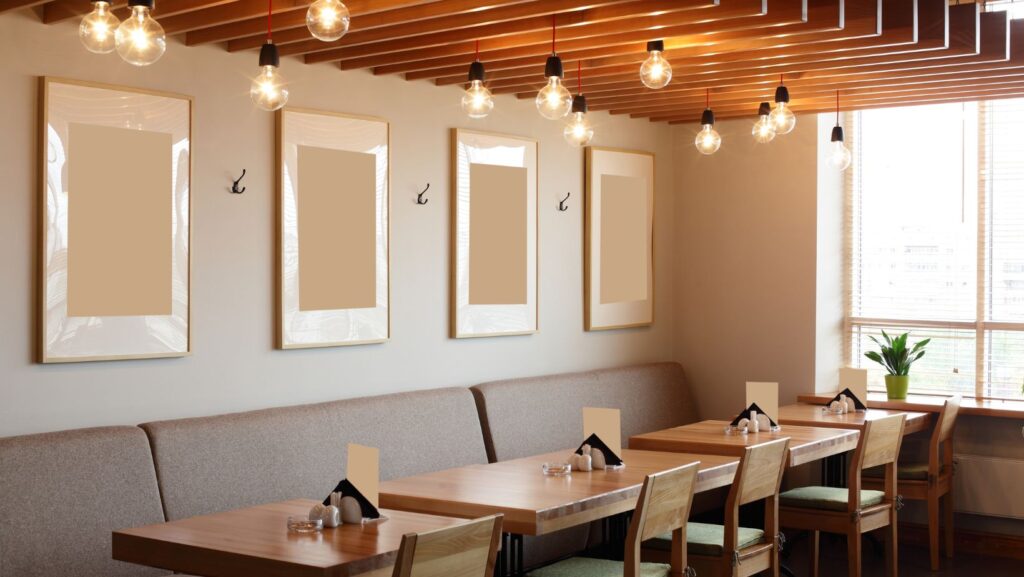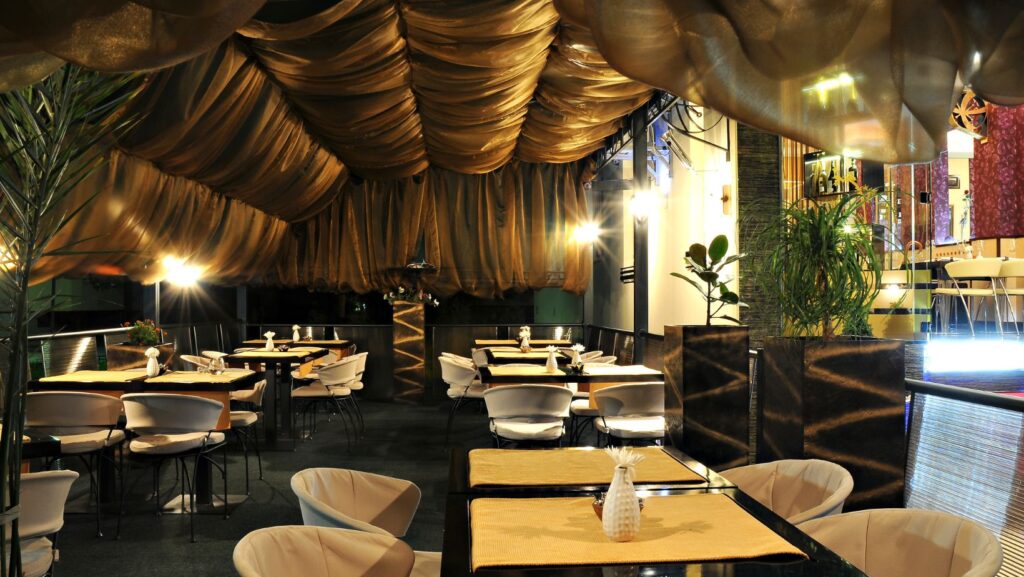
Walk into any restaurant today, and you will notice a familiar scene. Guests have their phones on the table, snapping photos of meals, checking social media, or pulling up digital menus. Smartphones are no longer just tools of communication; they have become an integral part of the dining experience. For restaurants, that means charging and connectivity are becoming as essential as salt and pepper on the table.
A growing number of diners seek out restaurants that offer built-in charging or seamless wireless options. These additions are more than conveniences; they are competitive advantages in an industry that thrives on guest satisfaction. From browsing QR code menus to completing payments with digital wallets, the modern guest expects efficiency at every stage of a visit. Studies suggest nearly two-thirds of diners use their smartphones while at restaurant tables, with close to half photographing their meals or scrolling for deals during the dining experience. Mobile ordering channels now account for the majority of digital restaurant sales, generating more than 60 percent of overall digital revenue. Restaurants that embrace this shift signal to customers that they understand and value their habits.
The Mobile-First Diner Times
The decision-making process for many guests begins on a smartphone. More than half of diners search for restaurants, check menus, or read reviews on their devices before entering the establishment. Once seated, they continue to use their phones for messaging, deal-hunting, or posting updates. Younger diners, especially Gen Z, are shaping this new landscape. Surveys show that 82 percent of them are comfortable ordering via apps, and nearly four out of five prefer to pay using mobile or contactless methods.

Convenience is the driving force. One-third of consumers specifically choose restaurants that accept mobile payments, while others look for digital loyalty programs tied to their phones. Gen Z and Millennials are exceptionally responsive to technology that enhances convenience from start to finish. Restaurants see direct returns from this trend. Mobile ordering has tripled digital revenue for full-service restaurants, and those that integrate loyalty and payment systems benefit from repeat visits and higher spending per guest.
Charging at Your Fingertips: Built-In Power Solutions
Restaurants are responding with power solutions designed for convenience and safety. Wireless charging pads built directly into tables and booths are gaining popularity, offering clutter-free charging without the need for messy cables. Multi-port setups, particularly USB-C, ensure compatibility with the latest devices. These systems are engineered to be durable, heat-resistant, and safe for high-traffic use. Designers are also incorporating these features into the furniture’s aesthetics, adding subtle cues that guide diners on where to place their devices without disrupting the ambiance.
The benefits extend beyond style. By reducing the need for visible outlets and long cords, restaurants improve safety and cleanliness. Guests stay longer when they know their devices are powered, often ordering another drink or dessert. Staff interruptions are reduced since customers are self-sufficient, and restaurants benefit from smoother service flow. Significantly, costs for such infrastructure are dropping, making charging tables accessible for both high-end venues and budget-conscious operators.
Connectivity Beyond Power: Wi-Fi, NFC, and Smart Tables
Power alone does not satisfy today’s mobile-first diners. High-speed Wi-Fi is now considered a basic expectation. It allows guests to browse, stream, and access loyalty apps seamlessly. NFC-enabled tables are making payments quicker and simpler, allowing customers to tap their phones to pay or redeem rewards instantly. Some restaurants are experimenting with smart tabletops featuring digital menus, entertainment options, or interactive games. Bluetooth-enabled surfaces add another layer, giving customers the chance to connect for music, lighting adjustments, or promotions tied directly to their table.
These features are not just novelties. They create opportunities for data insights. Connected tables can reveal behavior patterns, from peak ordering times to popular menu combinations. They can also dynamically adjust content, shifting promotions based on the meal stage or customer preferences. Modular designs make upgrades smoother, ensuring restaurants can adopt new connectivity features as technologies like 5G and IoT become mainstream.
Benefits for Restaurants: More Than Just Convenience
For restaurants, the value of built-in connectivity goes far beyond convenience. Guests experience greater satisfaction when they feel their needs are anticipated, and connected tables deliver on that promise. Customers stay longer, spend more, and often return more frequently. The ability to order or pay digitally reduces staff workload and speeds up table turnover.
Upselling opportunities are built into the experience, with digital menus prompting dessert choices or showcasing special offers at just the right moment. Restaurants that adopt these technologies often gain attention as innovators, attracting both online and offline buzz. Social media posts from tech-forward dining spaces enhance visibility and reputation. Loyalty-linked tech features encourage return visits, while operational data from connected tables informs more innovative staffing, menu planning, and supply management. By investing in this infrastructure, restaurants not only meet expectations but also set themselves up for long-term growth.
Next-Gen Dining Tech: What’s on the Horizon?
The future of dining technology points to even greater integration. Augmented reality menus may soon project animated dishes and nutritional information directly onto the table. Artificial intelligence could provide customized recommendations, suggesting wine pairings or side dishes based on customer history. Wireless charging is advancing to the point where devices may no longer require direct contact with pads, freeing up table space even further.
Full IoT integration is on the horizon, linking tables with kitchens, inventories, and customer profiles. Voice-activated controls may allow diners to order or adjust lighting without lifting a finger. Biometric recognition could make loyalty programs more seamless, greeting customers by name and recalling their past preferences. Sustainability is also entering the equation, with solar-powered charging hubs and recyclable tech-friendly furniture. Some innovators are even exploring short virtual reality experiences to keep guests entertained while they wait.
Final Thoughts: Where Hospitality Meets High-Tech
Restaurants are no longer just about good food and friendly service. They are evolving into connected spaces where technology and hospitality converge. Built-in charging and smart connectivity transform tables into more than furniture; they become interactive platforms that make dining more enjoyable and efficient.

For diners, the benefits are immediate, comfort, convenience, and engagement in a culture where mobile devices are central to daily life. For restaurants, the benefits are equally powerful, ranging from increased customer satisfaction to stronger loyalty and valuable data insights. By adopting charging and connectivity at the tabletop, restaurants position themselves as leaders in innovation. The future of dining will be defined by this harmony between food, technology, and human connection, with the smartest tables leading the way.







